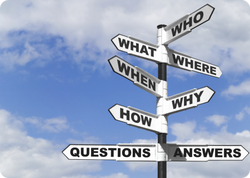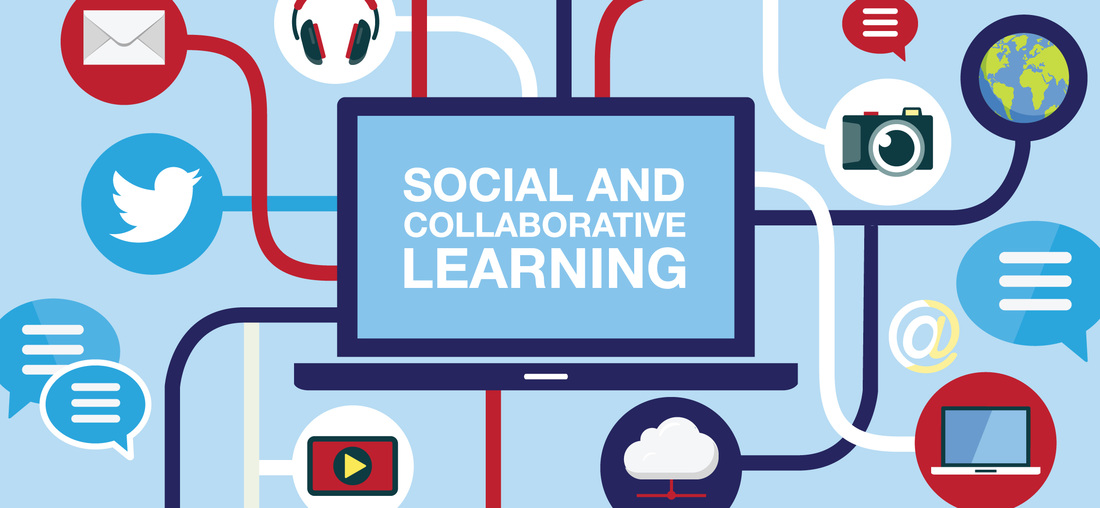Stage 1
Inquiry & Research
|
NGSS & ELD Content Standards
Biology HS-LS3-1 | Ask questions that arise from examining models or a theory to clarify relationships. Chemistry HS-PS2-6 | Communicate scientific and technical information about why the molecular-level structure is important in the functioning of designed materials. English Language Development 6a | Explain ideas, phenomena, processes, and relationships within and across texts. |
Objectives
Biology After identifying their personal passion or interest students will be able gather and summarize research that explains the biological mechanism that allows the function of their thing. Chemistry After identifying their personal passion or interest students will be able to gather and summarize research that explains the molecular mechanisms that make up the function of their thing. English Language Development After a close read of an grade-level articles students will be able to write summaries to answer research questions. |
|
California Common Core State Standards Connections
WHST.11-12.8 Gather relevant information from multiple authoritative print and digital sources, using advanced searches effectively; assess the strengths and limitations of each source in terms of the specific task, purpose, and audience; integrate information into the text selectively to maintain the flow of ideas, avoiding plagiarism and overreliance on any one source and following a standard format for citation. WHST.9–12.9 Draw evidence from informational texts to support analysis, reflection, and research. |
|
Day 1 | Introduction |
Student Activities
Brainstorm potential interests and passions. Determine "hidden" mechanism behind that passion. |
Assessments
Determine a personal interest and the "hidden" mechanism behind that interest. |
|
Day 2 | Inquiry
|
Generate inquiry-based questions and begin research to answer their own questions.
|
Generation of at least 4 research questions which correspond to the research guidelines rubric.
|
|
Day 3 | Research
|
Continue to research to find answers to their own inquiry-based questions.
|
Compilation of at least 2 sources for each research question.
|
Stage 2
Writing & Peer Review
|
Content Standards
Biology HS-LS1-2 | Develop and use a model based on evidence to illustrate the relationships between systems or between components of a system. Chemistry HS-PS2-6 | Communicate scientific and technical information about why the molecular-level structure is important in the functioning of designed materials. English Language Development 10a | Write longer and more detailed literary and informational texts independently using appropriate text organization and register. |
Objectives
Biology Students will be able to communicate scientific information about their interest, how they will represent the biological mechanism, and how they would like to serve the community and/or produce a creative work that incorporates the knowledge gathered from their research. Chemistry Students will be able to communicate scientific information about their interest, how they will represent the molecular structure, and how they will serve the community and/or produce a creative work that incorporates the knowledge gathered from their research. English Language Development After gathering research, students will be able to write their project proposal using appropriate text organization and register. |
|
California Common Core State Standards Connections
RST.11-12.1 | Cite specific textual evidence to support analysis of science and technical texts, attending to important distinctions the author makes and to any gaps or inconsistencies in the account. WHST.9–12.2.a–e | Write informative/explanatory texts, including the narration of historical events, scientific procedures/experiments, or technical processes. WHST.9–12.5 | Develop and strengthen writing as needed by planning, revising, editing, rewriting, or trying a new approach, focusing on addressing what is most significant for a specific purpose and audience. WHST.9–12.9 | Draw evidence from informational texts to support analysis, reflection, and research. RST.11-12.7 | Integrate and evaluate multiple sources of information presented in diverse formats and media (e.g., quantitative data, video, multimedia) in order to address a question or solve a problem. |
|
Day 4 | Research Draft |
Student Activities
Begin compiling research into first draft of research proposal by using a graphic organizer. |
Assessments
Completion of graphic organizer with all components generated from research. |
|
Day 5 | Peer Review
|
Review and comment on the research drafts of peers using research paper evaluation rubric as a guide.
|
Commentary and review of at least 2 other peers research draft using research paper rubric.
Receive commentary and completed rubrics from at least 2 other peers. |
Stage 3
Collaborative Learning Project
|
Content Standards
Biology HS-LS3-2 | Make and defend a claim based on evidence about the natural world that reflects scientific knowledge, and student-generated evidence Chemistry HS-PS2-6 | Communicate scientific and technical information about why the molecular-level structure is important in the functioning of designed materials. English Language Development 9 | Plan and deliver a variety of oral presentations and reports on grade appropriate topics that express complex and abstract ideas, well supported by evidence and reasoning and are delivered using an appropriate level of formality and understanding of register. |
Objectives
Biology After researching and preparing a proposal, students in groups of 2-4 will collaborate together to conduct a service for their communities or create an active project reflecting their combined interests. The project will incorporate their scientific research and must focus on an action or service. Students will document their progress and share their their learning via a final group oral presentation. Chemistry After researching and preparing a proposal, students in groups of 2-4 will collaborate together to conduct a service for their communities or create an active project reflecting their combined interests. The project will incorporate their scientific research and must focus on an action or service. Students will document their progress and share their their learning via a final group oral presentation. English Language Development In an oral presentation, students will be able to present their project, including the science and service involved, using academic and science language delivered with appropriate formality and register. |
California Common Core State Standards Connections
WHST.9–12.7 | Conduct short as well as more sustained research projects to answer a question (including a self-generated question) or solve a problem; narrow or broaden the inquiry when appropriate; synthesize multiple sources on the subject, demonstrating understanding of the subject under investigation.
SL.11-12.5 | Make strategic use of digital media (e.g., textual, graphical, audio, visual, and interactive elements) in presentations to enhance understanding of findings, reasoning, and evidence and to add interest.
RST.11-12.7 | Integrate and evaluate multiple sources of information presented in diverse formats and media (e.g., quantitative data, video, multimedia) in order to address a question or solve a problem.
WHST.9–12.7 | Conduct short as well as more sustained research projects to answer a question (including a self-generated question) or solve a problem; narrow or broaden the inquiry when appropriate; synthesize multiple sources on the subject, demonstrating understanding of the subject under investigation.
SL.11-12.5 | Make strategic use of digital media (e.g., textual, graphical, audio, visual, and interactive elements) in presentations to enhance understanding of findings, reasoning, and evidence and to add interest.
RST.11-12.7 | Integrate and evaluate multiple sources of information presented in diverse formats and media (e.g., quantitative data, video, multimedia) in order to address a question or solve a problem.
|
Day 6 | Graffiti Walk |
Student Activities
Assemble into groups and participate in a "graffiti walk" to share and brainstorm ideas on how to collaborate on a single project in groups of 2-4 people. |
Assessments
Generate at least 2 ideas on what kind of project or service the group can do together. |
|
Day 7 | Project Proposal
|
After agreeing upon a project, determine roles, responsibilities, needed resources, and a plan of action calendar for the next 4 weeks.
|
Establish roles and responsibilities, needed resources, & a plan of action calendar.
|
|
Day 8-11 | Production & Documentation
|
Conduct project with group, document the project's development, assess project's progress, troubleshoot and address issues.
|
Provide weekly documented progress reports/reflections via individual weekly blog posts of at least 150 words.
|
|
Day 12 | Presentations
|
As a group, oral presentation which utilizes visual aids and technology in order to share the success and lessons learned from this project while using a presentation rubric as a guide.
|
Give oral presentation which incorporates each member of the group which shares each individual's roles, contributions, successes, and lessons which is assessed via presentation rubric.
|
|
References
|
Common Core State Standards. (n.d.). Retrieved February 28, 2016, from http://www.cde.ca.gov/ci/cc/
English Language Development Standards. (n.d.). Retrieved February 28, 2016, from http://www.cde.ca.gov/sp/el/er/eldstandards.asp Next Generation Science Standards. (n.d.). Retrieved February 28, 2016, from http://www.nextgenscience.org/ |



